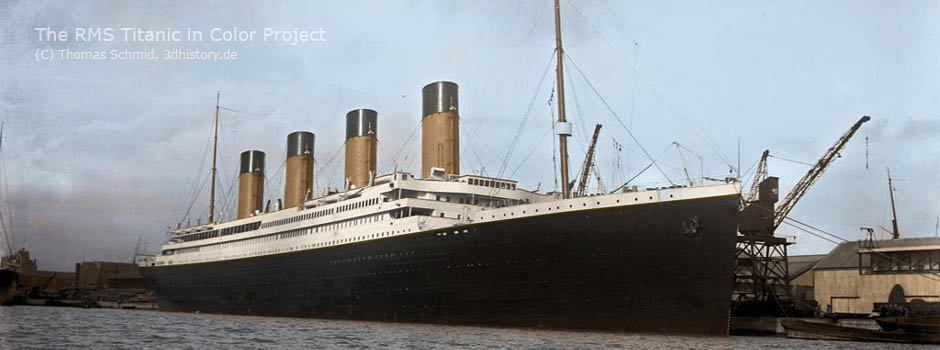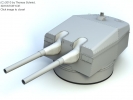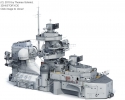Successful First World War British heavy field gun
The 60-pounder was first built in 1904 to an Elswick Ordnance Company design and was one of the best guns of its type in service with any major army at the outbreak of war in 1914. It incorporated tha latest technical advances and combined power with the ability to be manoeuvred by a team of twelve horses. Over a thousand 60-pounders had been delivered by the end of the war. They served on the Western Front, but proved of greatest value in other theatres. Some were still in service with the British Army as late as 1944.
This gun served with the 2/104th Heavy Battery, Royal Garrison Artillery, in Mesopotamia from 1916, it was transported up the Tigris to Orah, going into action against Turkish positions at the left bank of the river. Between August 1916 and February 1917 it took part in operations culminating in the recapture of Kut-el-Amara, and was present at the fall of Baghdad at 11 March 1917. It was also involved in the Battles of Shatt-al-Adhaim and Istabulat in April, the operations at Sharoban in August and Jebel Hamrin in October; and the capture of Kizil Rabat in December 1917 and of Kitri in April 1918. The gun was transferred to the Museum by the War Office in 1920.
Technical specifications:
CREW: Eight
CALIBRE: 5in (12,7cm)
WEIGHT: 4 tons 8 cwt (4,470 kg)
MAXIMUM RANGE: 12,300 yards (11,611 m)
AMMUNITION: 60 lb (27 kg) high explosive, shrapnel and gas








